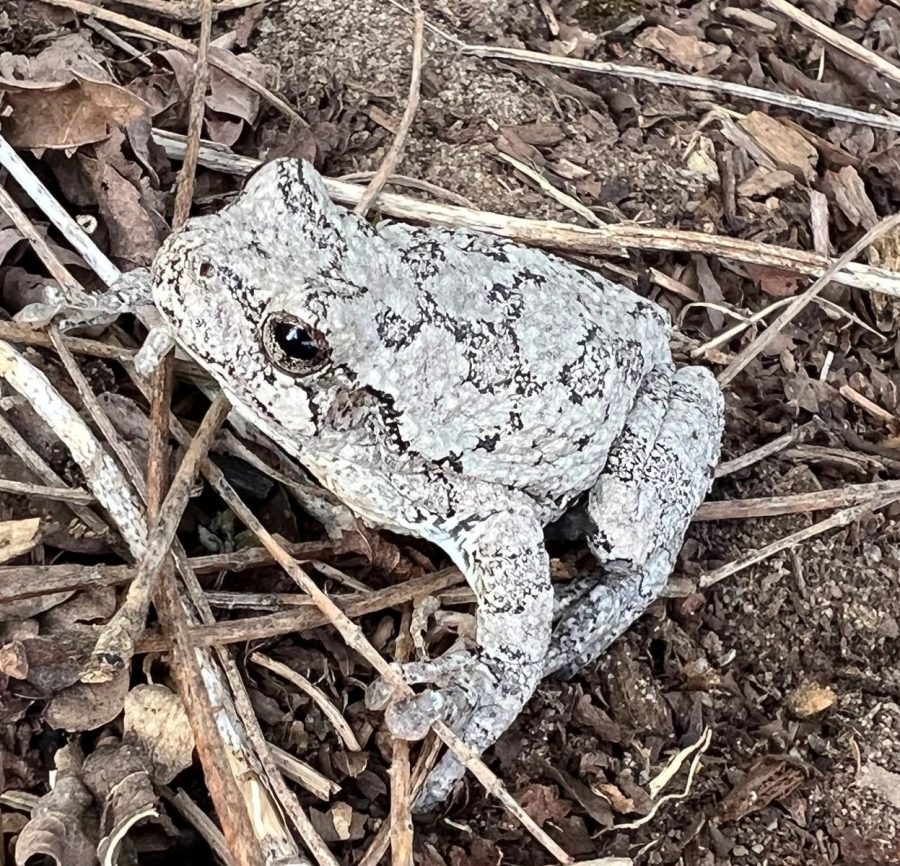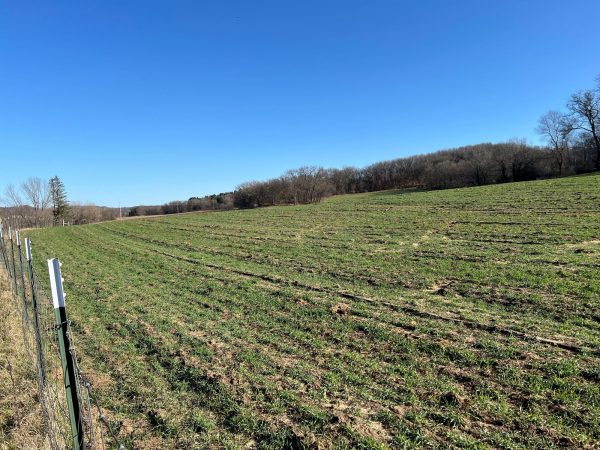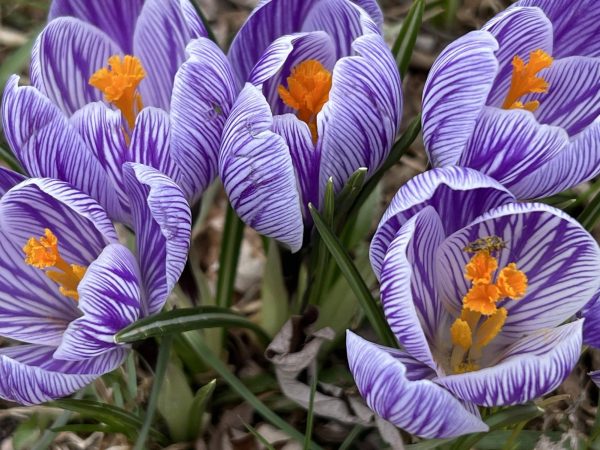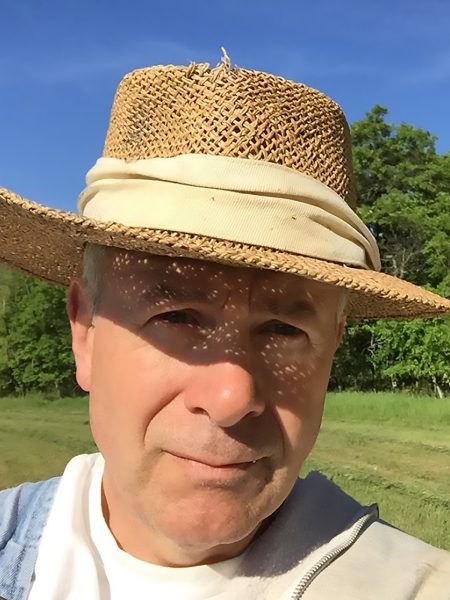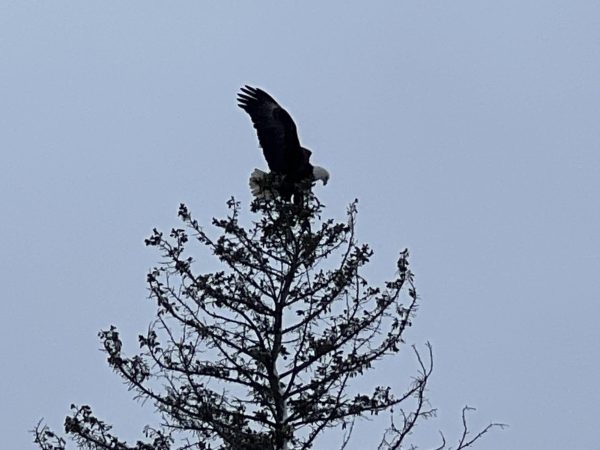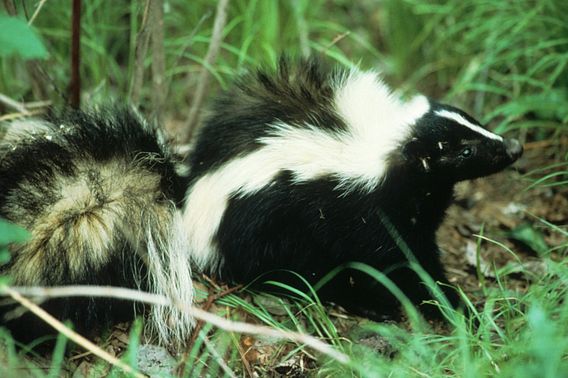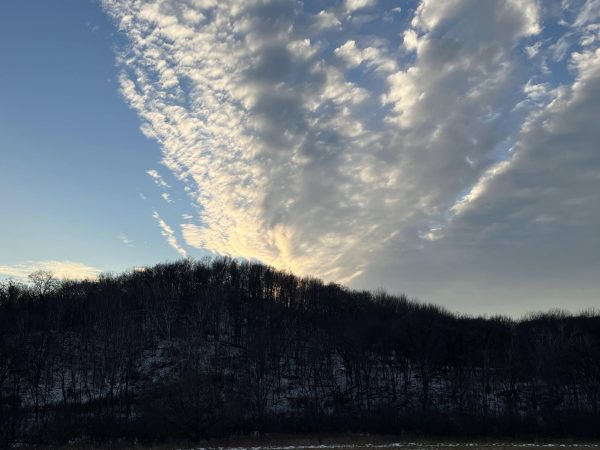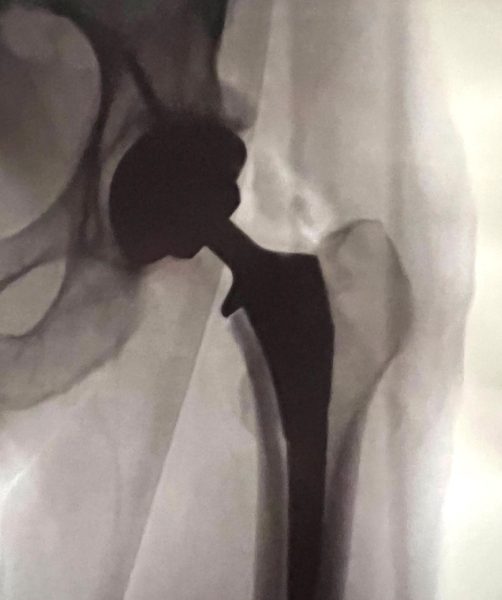A surprise spring lesson
April 30, 2023
I’m putting the blame squarely on Mother Nature’s shoulders, but it’s happening again this year, despite my best efforts to prevent it.
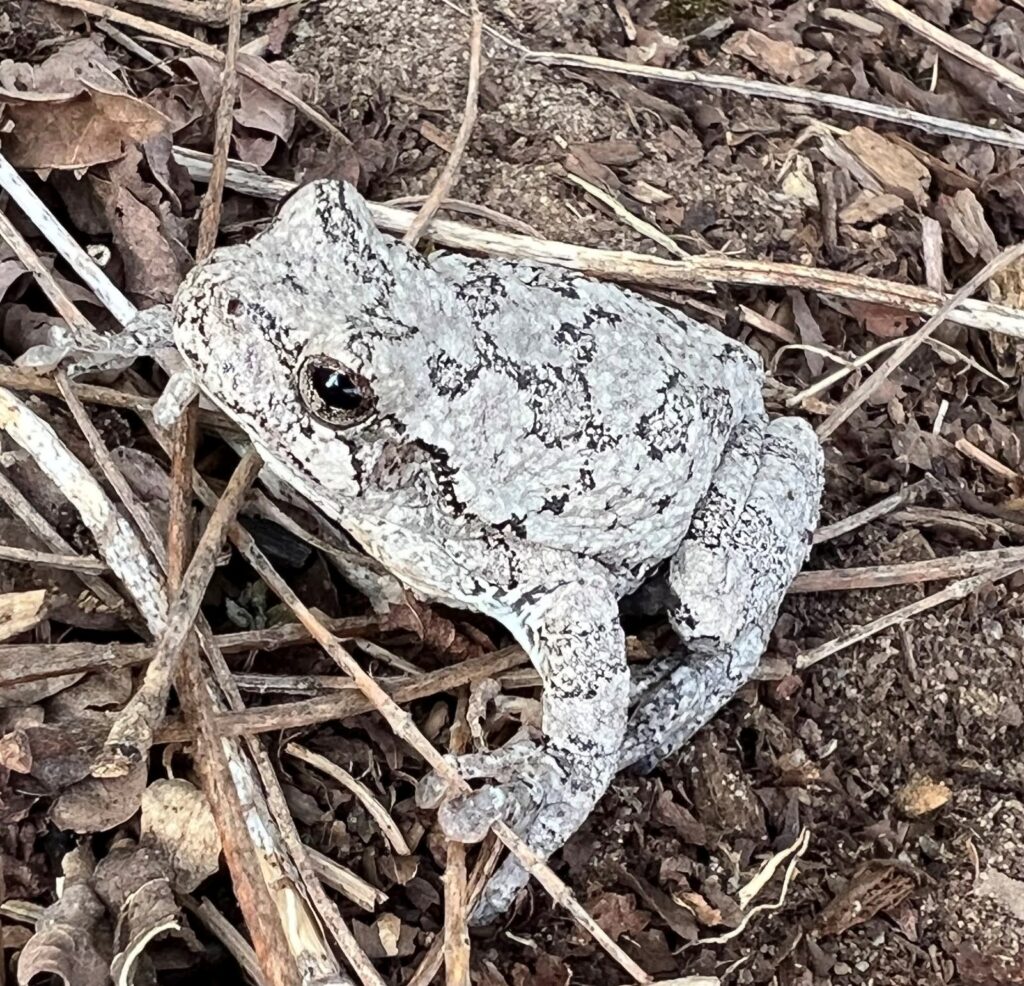
Despite a brief tease of spring that was more like summer, the lingering cold weather and rain has once again brought on that overwhelming feeling that there are too many things to do and not enough time to get them done.
The calendar is creeping quickly towards May and the vegetable garden has not been prepared. Flower beds need to be cleaned and new plantings arriving from nurseries have been temporarily planted in containers.
I can feel a sense of nervousness in the farming community too. Recent rain and heavy snow – along with river flooding — has left many fields too muddy for tilling. Statewide soil temperatures as of April 23 ranged from 37 to 41 degrees, far too cold for planting corn. While there are some hybrid seeds that push it, 50 degrees is the magical temperature for favorable corn germination.
That’s assuming that you can even get into the fields to work them up. Recent rain, heavy snow and river and stream flooding has left many fields too muddy for tilling.
A bit of good news for farmers is a recent decline in fertilizer prices that were sky-high last spring, due to world market fluctuations when the war in Ukraine started. Anhydrous ammonia – a widely used nitrogen fertilizer – topped $1,600 per ton last year and has fallen to the $1,200 per ton range.
Other fertilizer prices also have declined, but the cost of fertilizer is still double what it was during the 2016 to 2020 seasons, according to the Department of Agricultural and Consumer Economics, University of Illinois at Urbana-Champaign.
There’s far more pressure on farmers who rely on the land for their living, so I try to take the challenges in stride. And I was helped recently with some unexpected perspective from a new little friend.
I met my friend on one of our rare warmer days while I was moving some fence posts that were stacked against the barn. I found a gray tree frog clinging to the side of one of the posts.
The frogs are not rare, but are heard more than they are seen. And while there are many visual signs of spring, for me it’s the sound of frogs that tells me spring is here.
The gray tree frog, wood frogs and particularly the northern spring peeper compose the sweet music of spring. Their call fills the evenings and early mornings along the creek that runs the length of our valley with marshy areas that are perfect habitat for frogs.
My new friend was not frightened by my appearance. I gently moved it away from the stack so it wouldn’t be injured.
My amphibious friend didn’t rush away, despite having just emerged from hibernation. Perhaps it was still a little groggy. If it was a male, it would soon begin its nightly chorus to establish its breeding territory and find a mate.
The gray tree frog’s name is actually a misnomer because it’s not always gray. The frog’s scientific name is Hyla versicolor, which comes from the Latin for variable color. The frog’s color changes from green, to gray, or brown depending on the time of day and the surrounding temperature.
The frog wasn’t worried about having so many things to do and places to go. It wasn’t focused on the treadmill of fret, hurry, grind and repeat.
I finished my task of moving the posts, but I thought of the frog. It changes colors to adapt just as we change moods. My mood was lifted just seeing the frog in the midst of my hurry.
Sometimes we need to focus only on being here, in the present, right now. And to be grateful for that. And that’s OK.
Another spring is here. I’m never too old to keep learning about life.
One step – or hop – at a time.

